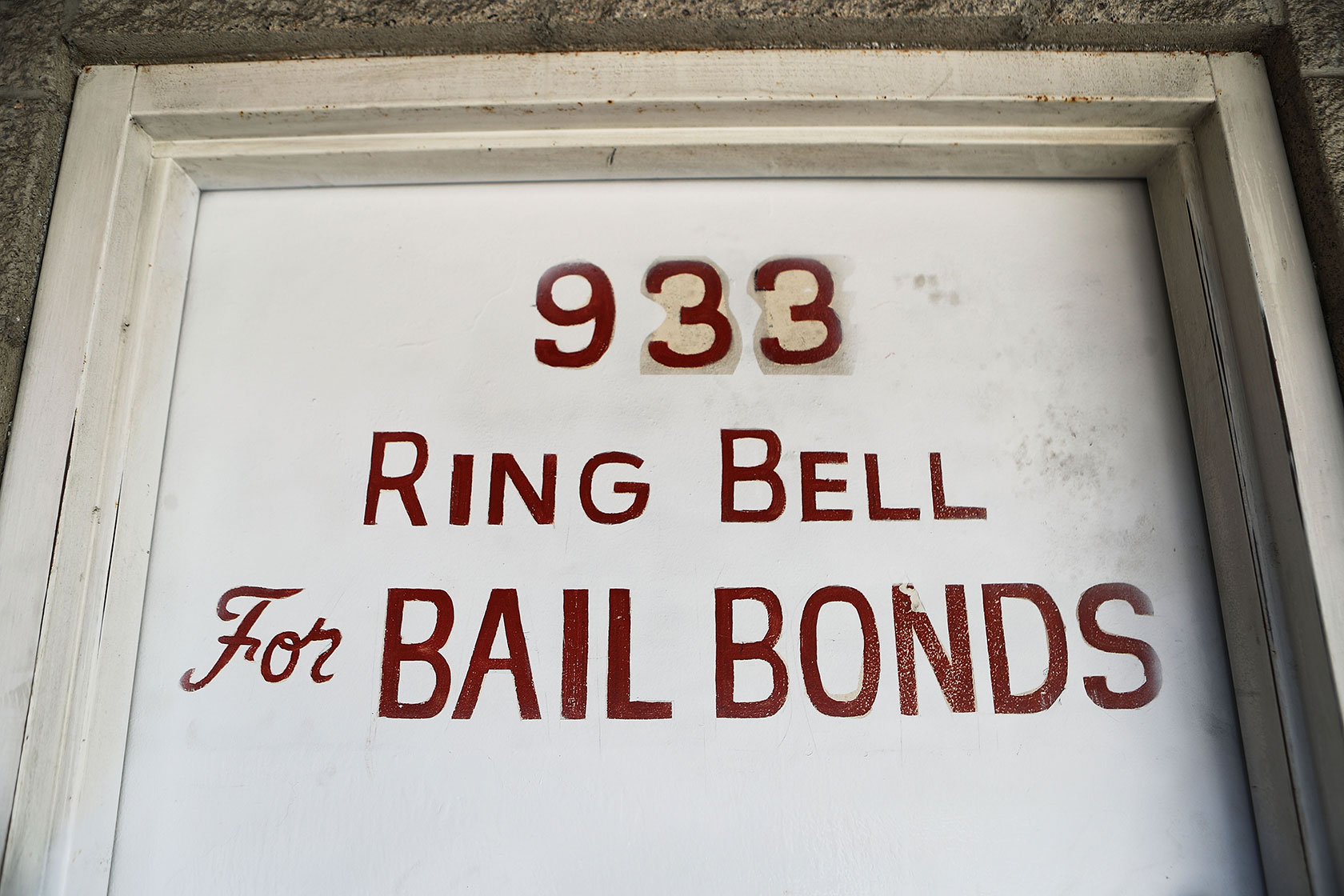Simplifying the Bail Refine: Your Overview to Bail Bonds
Navigating the bail process can frequently feel frustrating, specifically for those unknown with the different types of bail bonds and the actions included in protecting release. Once detained, the succeeding bail hearing will identify the financial obligations needed for release.
Understanding Bond Fundamentals
While the lawful system can typically appear difficult, comprehending the basics of bond is vital for navigating the intricacies of pretrial launch. Bail functions as an economic assurance that a defendant will certainly appear in court for their arranged hearings. When a person is jailed, a judge figures out the bond amount based upon a number of factors, including the nature of the criminal activity, the accused's criminal history, and the threat of flight.
Bail can take numerous types, including money bail, where the accused pays the complete amount upfront, or guaranty bonds, where a bondsman assures the bail in exchange for a cost. If the accused fails to show up in court, they forfeit the bond amount, which can cause additional legal consequences.
In many cases, individuals might be released on their own recognizance, implying they do not need to pay bail however must guarantee to return for their court days. Comprehending these fundamental principles is vital for offenders and their families as they navigate the bond process, guaranteeing notified choices are made during a challenging time.
Exactly How Bond Bonds Job
Recognizing exactly how bail bonds job is critical for anyone associated with the bail process. A bail bond is a lawfully binding contract in between a bond bondsman, the accused, and the court. When an offender is jailed, a court establishes a bond amount planned to ensure the person's look at future court hearings. If the offender can not afford to pay the full bail amount, they can seek the services of a bond bondsman.
The bail bondsman typically charges a non-refundable fee, usually around 10-15% of the complete bond amount. This fee stands for the bail bondsman's payment for assuming the financial threat linked with the bond. Once the cost is paid, the bail bondsman blog posts the complete bond total up to the court, securing the offender's release from wardship.
For this service, the bail bondsman may require security, such as residential or commercial property or assets, to minimize prospective losses if the defendant stops working to appear in court. If the offender does not go to the scheduled hearings, the bail bondsman deserves to recoup the bail quantity with lawful methods, which may consist of employing a bounty seeker. Comprehending this process can help individuals browse the complexities of safeguarding a bail bond successfully.
Sorts Of Bail Bonds
After securing a bail bond, it is very important to recognize that not all bond bonds are the same; they are available in various kinds designed to fit various situations and demands. The most typical kind is the surety bond, which includes a bondsman who assures the complete bond amount to the court in exchange for a charge, generally around 10% of the complete bond. This is optimal for those that can not pay for to pay the complete bail amount upfront.
An additional kind is the cash bond, where the accused or their depictive pays the complete bail amount in cash money directly to the court. This alternative is usually used when people have the monetary methods and prefer to recover their funds upon court appearance.
Residential property bonds permit individuals to use property as security for bond. bail bond company newark ohio. This requires a residential property assessment and can be complicated, but it is helpful for those that have beneficial properties
Last but not least, some territories offer personal recognizance bonds, where the offender is launched based upon a pledge to show up in court with no financial obligation. Comprehending these types of bail bonds is important for making notified decisions in your situation.
The Bond Process Actions
Browsing the bond process involves numerous important actions that can dramatically affect the outcome of a defendant's scenario. The process usually begins with the arrest, during which the individual is collared. When detained, the offender will be informed of the costs and may have a bond hearing set up, where a court will establish the bond amount based upon the extent of the criminal offense, flight threat, and criminal background.
After the bond amount is established, the offender or their representative can contact a bail bondsman. The bail bondsman will examine the circumstance, discussing the terms of the bond and the fees entailed, which generally total up to a portion of the overall bond. If an arrangement is reached, the bondsman will publish the bail with the court, permitting the accused to be released from guardianship.

Tips for Choosing a Bond Representative
Selecting a bail representative is a crucial step that can greatly influence the bond procedure. It is important to select a representative who not just recognizes the legal complexities however additionally supplies trustworthy support during this difficult time. Begin by looking into accredited bond representatives in your area; ensure they possess the required what does a bonding company do credentials and experience in managing your details situation.
Check testimonials and reviews from previous clients to assess the representative's track Get the facts record. A credible bond representative need to display empathy, openness, and professionalism. Do not wait to ask inquiries concerning their fees, procedures, and any kind of prospective collateral requirements. Understanding the financial commitments ahead of time can assist prevent unexpected costs later on.
In addition, think about the schedule and responsiveness of the bond representative. A great agent ought to come 24/7, ready to offer support whenever required. Evaluate their communication design; an agent who pays attention and describes plainly can make the procedure more manageable.

Final Thought
In final thought, browsing the bond procedure calls for a clear understanding of the numerous types of bail bonds and the step-by-step actions entailed. Engaging with a certified bail bondsman is important for assisting in launch while making certain conformity with court responsibilities.
Navigating the bond process can usually feel overwhelming, especially for those unfamiliar with the different kinds of bail bonds and the actions included in protecting launch.Understanding how bond bonds work is crucial for any person included in the bail process. A bail bond is a legitimately binding contract between a bond bondsman, the accused, and the court.After securing a bail bond, it is essential to recognize that not all bond bonds are the exact same; they come in various kinds developed to match various scenarios and demands. The most usual type is the guaranty bond, which involves a bond bondsman her latest blog who assures the full bond amount to the court in exchange for a charge, normally around 10% of the overall bond.